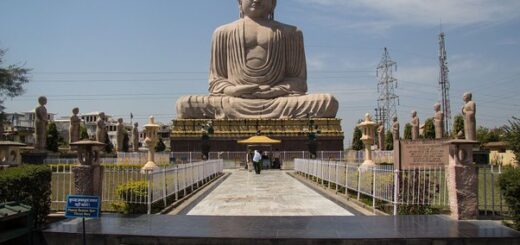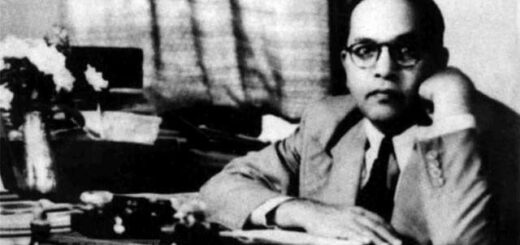Satyajit Ray: The Films and The Legacy
Indian filmmaker Satyajit Ray’s influence on the movie industry is unparalleled worldwide. His Apu trilogy of films brought the world to India’s doorstep. Ray presented scenes of everyday life in India in more than 30 feature-length films. He also influenced a generation of filmmakers, including Ismail Merchant and Mira Nair. A Renaissance man of film, Ray served as writer, producer, director, cameraman, composer, and even calligrapher of opening credits for many of his films. He was also renowned for using untrained actors and technicians in his films. The emotional intensity of these actors brought an immediacy to his films for audiences unfamiliar with the subject matter.
Satyajit Ray was born on May 2, 1921, in Calcutta. His father, Sukumar, was a prominent poet in Bengali literary circles, and his grandfather, Upendrakishore Roychowdhury, was also a writer. Young Ray studied science and economics at the Presidency College of the University of Calcutta, where he earned his degree in 1940. A family friend, the Nobel laureate Rabindranath Tagore, who influenced Ray and invited him to attend his school, Bisva-Bharati University in Shantiniketan, West Bengal, where Ray studied art history. Tagore passed away during Ray’s first year there. After completing his studies, Ray worked as artistic director for an English advertising firm in Calcutta, and he began to think of pursuing a career in film. Ray was particularly moved by his meeting with French director Jean Renoir while Renoir was filming in India.
In London in 1950, Ray and his wife saw dozens of films, including Italian director Vittorio De Sica’s neorealist film The Bicycle Thief, which he found especially intriguing. When he returned to India Ray began to work in earnest on his first film, the first installment of a trilogy about the coming of age of Apu, a Bengali child. Although he soon depleted his tiny budget, the government helped finance Pather Panchali (1955), which portrayed the life of a Brahman family against the background of the rural Bengali landscape. The music for the film was composed and performed by Pandit Ravi Shankar. The film was recognized by the Cannes Film Festival with a special jury prize. Aparajito (1956), the trilogy’s second film, won the Golden Lion award at the Venice Film Festival in 1957. Apur Sansar (1959) was the final installment.
Ray made a long documentary about Tagore that was released in 1960, and he followed it with film versions of three of Tagore’s novels. Ray’s feature films were all made in Bengali until the late 1970s. Among the most distinguished of these was Ghare Baire (1964). As in many of Ray’s other films, the emotions of the characters on screen were revealed less through dialogue than through the lingering or movement of the camera. Ray won the Berlin Film Festival’s award for best direction in 1964 and 1965, a special jury prize in 1966, and the Golden Bear in 1973. His later work included Ashani Sanket (1973), which depicted the famine of 1943 in Bengal, and Shatranj Ke Khiladi (1977), which was his first film in the Hindi language.
As a filmmaker, Ray was unusual in his preference for using first takes rather than well-rehearsed sequences. He also preferred slow and deliberate pacing in his films and never relied on showmanship. Ghare Baire (1984), based on another novel by Tagore, was made while Ray was suffering the aftereffects of two heart attacks. Ray’s last film was Agantuk (1991). His son Sandip directed Uttoran (1993) from a screenplay by his father.
The Hollywood Motion Picture Academy honored Ray with a Lifetime Achievement Award in 1992. Ray’s acceptance speech was recorded at his hospital bed in Calcutta. While working with Ray to tape his acceptance speech, film scholars became aware that his films had not been archived. Students and admirers of Ray’s work formed organizations at the University of California at Santa Cruz and in Calcutta to preserve his legacy. The Satyajit Ray Film and Study Collection and the Society for the Preservation of Satyajit Ray Films in Calcutta offer educational opportunities for film students. Ray won many awards and honors, including honorary doctorates from such universities as Delhi, Oxford, and Calcutta. He was named to the Fellowship of the British Film Institute in 1983 and to the French Legion d’Honneur in 1987. Having completed some 36 feature films, short subjects, and documentaries, Ray died on April 23, 1992, in Calcutta.
Written by – Kiran Kumar Boya
Edited by – Rupam Shukla




